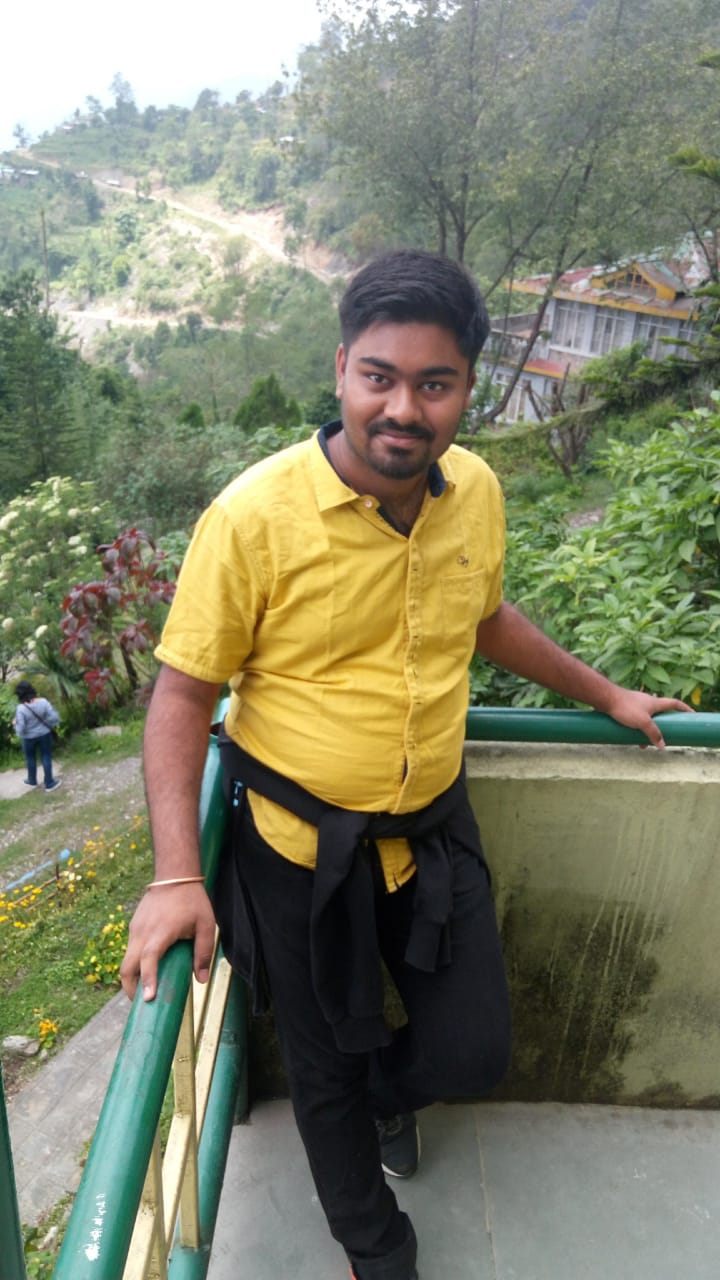Naneghat - the place where two forces of nature clash.
- Rahul Subbaraman

- Jan 22, 2021
- 2 min read
On the Sahyadri Mountain ranges, popularly known as the Western Ghats, sandwiched between the Konkan coast and the ancient town of Junnar in the Deccan plateau lies a mountain pass of great historical significance - Naneghat. The name Naneghat has two parts – Nane, meaning coin, and Ghat meaning pass. During the reign of the Satavahana, the pass was extensively used as a trade route. A stone pot at the beginning of the pass for toll collection provides evidence for the same. There are many ancient caves and rock-cut pots telling tales of the bygone times witnessed by this place. Other than the beautiful caves and inscriptions, this place has something much more interesting to offer.
Try to imagine yourself standing atop a hill in these ‘benevolent mountains’. Look around, and you’ll find natural beauty in abundance - lush green forests, wildlife, and sparkling waterfalls. The ground below your feet is moist, and tiny drops of water are falling on you from the sky. Yet, when you look up in the sky, it’s not raining. Surprised? This is how the Naneghat Reverse Waterfall welcomes you. As the name suggests, the waterfall ‘appears’ to defy gravity, with the flow in the reverse direction towards the sky.
These oxymorons are entirely natural and quite rare. How this works is pretty simple, yet intriguing. These upside-down waterfalls are the result of strong gusts of wind blowing against the flow, forcing the stream of water to spray upward in misty plumes, which can blow over a large area. This is the outcome when two forces of nature clash. It’s quite marvellous and a sight to behold. To best experience this phenomenon, the wind has to be its strongest, and the waterfall should have an abundant flow of water. No doubt the best season to visit Naneghat is the monsoon season.
This phenomenon is not restricted to Naneghat. The Indian state of Maharashtra is blessed with many such waterfalls - Amboli Falls, Anjaneri Falls, and Sandhan Valley, to name a few. Other places across the world include Royal National Park, Australia; Cachoeira da Fumaça, Brazil; Kinder Downfall, England; Cliffs of Mohair, Ireland; and Furepe Falls, Hokkaido, Japan. A small setback is that reverse waterfalls in natural settings are mostly temporary occurrences, and the spots are not always approachable by cars and require quite a bit of trekking or hiking.
Reposted from "The Monthly Nature Review" (Nature Club) - Abhivyaha Monthly Edition, December 2020, IISER Kolkata Campus Radio








Comments